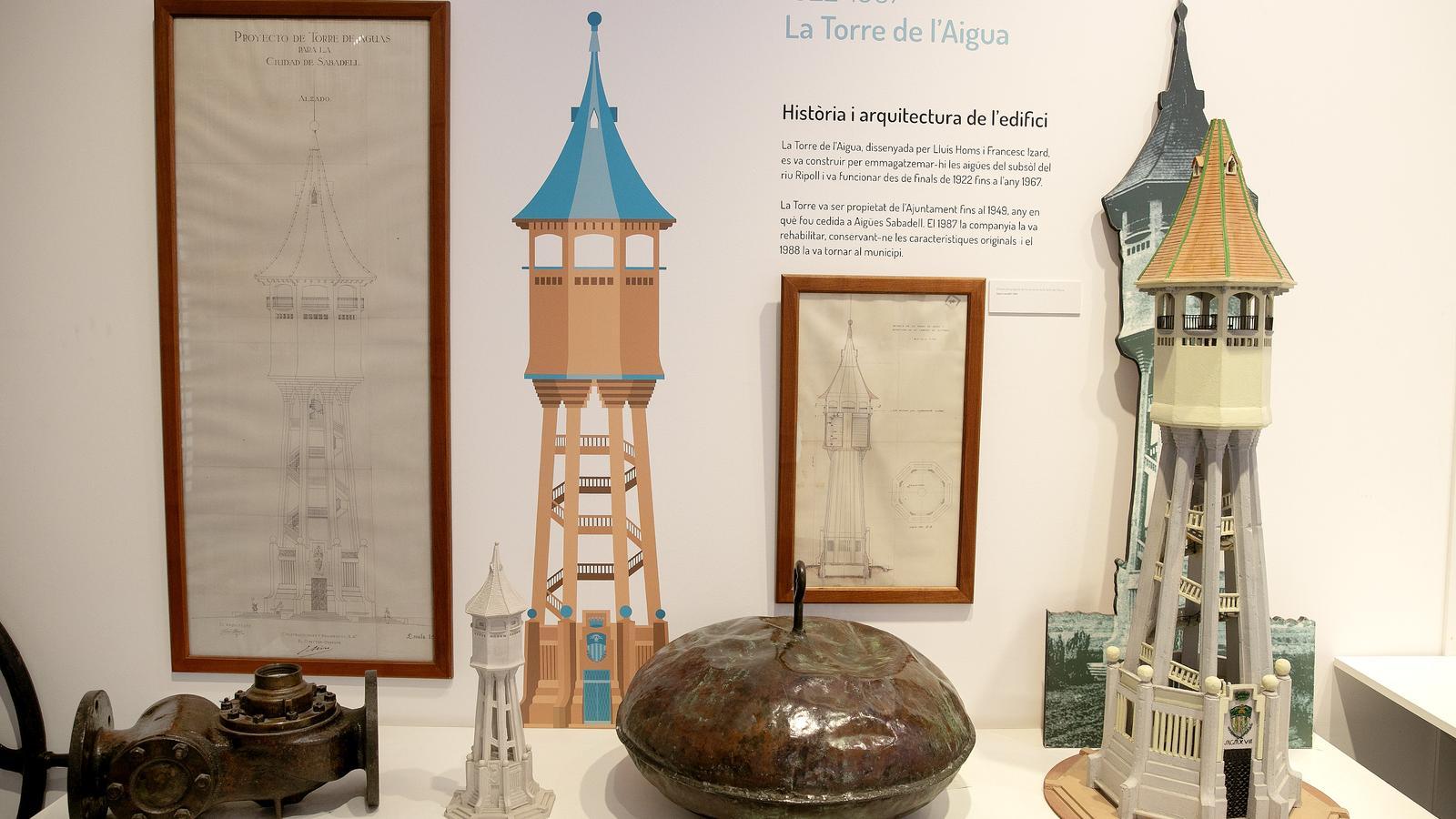It's a good thing that water comes from different sources. Just in case one fails. This is what happens in Sabadell, which receives water from the inland basins of Catalonia (from the Ter and Llobregat reservoirs), from mines and wells... and also from Barcelona! Yes, yes: there's a pipeline that starts on the Carretera de les Aigües (Barcelona) and brings water to the city in the Vallès region.
At the height of Franco's regime, the mayor decided that Sabadell's water network should be connected to Barcelona. It was impossible for the country's capital to run out of water, he argued. That's why the pipeline was built, starting at the Carretera de las Aigües (Water Road) and carrying water to the Galliners mountain range in Cerdanyola, and continuing to Sabadell. It wasn't until the 1980s that the water from the Ter and Llobregat rivers reached the co-capital of Vallès. This water flows into the Can Llong reservoir, the largest in the city, located beneath the Parque de las Aguas (Water Park), from where it is supplied to the homes, businesses, and industries of Sabadell.
"We didn't have to suffer during the last drought," Lluís Jordan, general manager of Aigües Sabadell, tells me. "There were no restrictions on consumption, beyond those decreed by the Generalitat," says Jordan, an industrial engineer with international experience. He spent several years working in the water sector in Mexico, a country that, like ours, suffers from water shortages, exacerbated by the climate crisis.
Today I'm visiting the headquarters of Aigües Sabadell, located in the modernist Sallarès Deu building. I'm specifically in the company's control and operations center. It's a room full of screens, which display the operation of the municipality's water supply service in real time: the pressure in each area, incidents, regulators (valves that help adjust water pressure), tank levels... "We must regulate the water pressure we supply to adapt it to the day." He and his team know the patterns of water consumption with extraordinary precision. Weekdays tend to show very stable patterns: consumption peaks in the morning and at night. Some events cause "spikes": an important Barça game (water consumption increases considerably at halftime and at the end of the game: from the tap, from the toilets, etc.), the Three Kings' Parade, among other situations.
We now enter the Water Room, located right next to the control and operations center. It's a room filled with historical artifacts from Sabadell's water supply, from the 13th century until the founding, in 1949, of Aigües Sabadell (a company created at the initiative of Sabadell City Council and a group of Sabadell residents representing local economic entities). There are jugs, public iron fountains, old water pipes, and meters. Everything can be touched. There are no display cases.
One of the star pieces is a miniature reproduction of the Water Tower, an iconic symbol of Sabadell, a former elevated reservoir that no longer holds water. On special occasions, the town council organizes guided tours that allow visitors to climb the tower. Along with this reproduction, the iron float—which controlled the flow of water into the old Water Tower reservoir—and the water meter, among other original elements, are on display.
I'm intrigued by eight glasses of water, placed side by side, which can be played with a mallet to make musical notes. Yes, it's a water xylophone. What would you say? Are the highest notes those with more water or those with less? Could you make one at home, a water xylophone?
To produce one kilo of pasta, 1,849 liters of water are needed.
To produce one kilo of pasta, 1,849 liters of water are needed. And to produce a hamburger, even more: 2,400 liters. These are some of the interesting facts you'll find in the Aigües Sabadell Water Classroom, designed to immerse you in the world of water and learn about the history of its supply to Sabadell. Workshops, interactive games, and educational activities about water and the Sustainable Development Goals are held. It's a popular space for Sabadell schools: children from age 3 and up can attend. An escape room is also held once a month.


